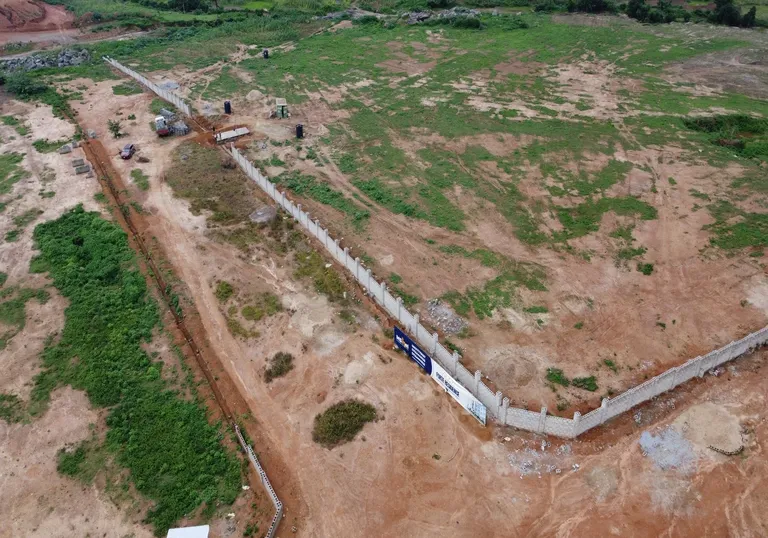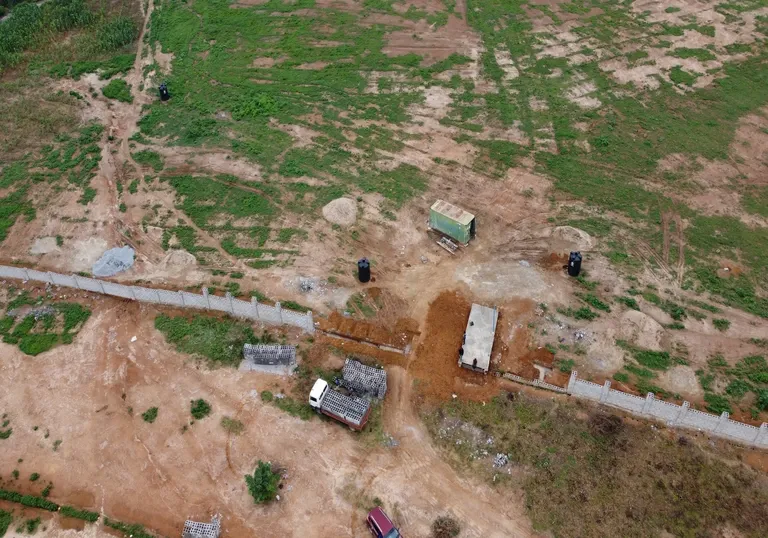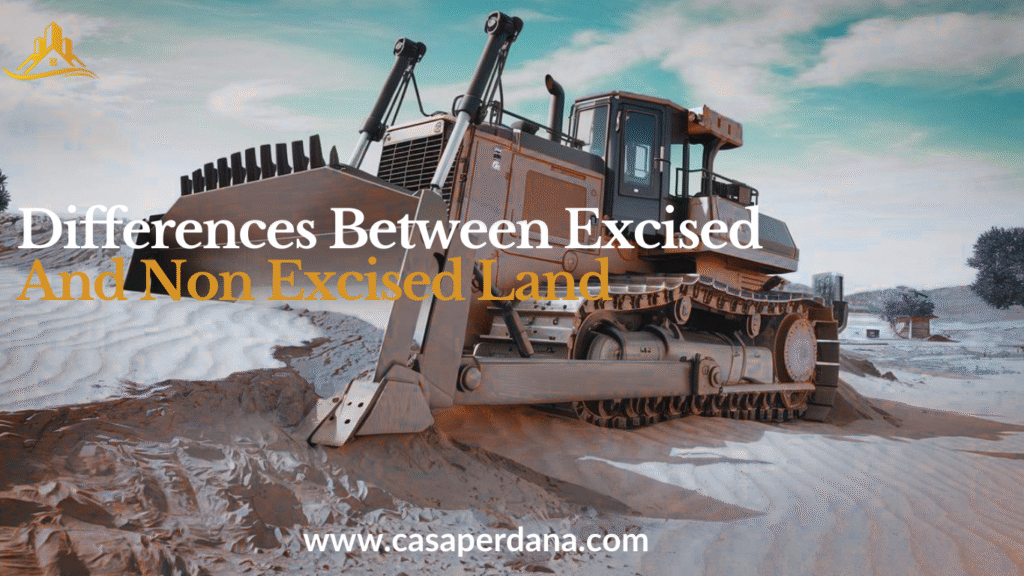When buying land in Nigeria, understanding the legal status of the property is critical to avoid future disputes and financial loss.

One of the most important classifications is whether land is excised or non-excised. This distinction determines ownership rights, availability of title documents, and overall security of the land.
Many buyers unknowingly purchase non-excised land, only to face demolition or government repossession later.
As a real estate investor or prospective homeowner, knowing the difference between excised and non-excised land can help you make informed decisions. Let’s break down the core differences and what each means for your investment.
Definition of Excised Land
Excised land refers to a portion of land that the government has legally released back to the indigenous community from its previously acquired territory.
This process of excision recognizes the original ownership of native families or communities and allows them to legally resell or develop the land.
Once excised, the land becomes eligible for further documentation like a Certificate of Occupancy (C of O) or Governor’s Consent.
In Abuja and other major Nigerian cities, excised lands are often listed in the official gazette. Investing in excised land offers more legal certainty and minimizes the risk of government reclamation.
Definition of Non-Excised Land
Non-excised land refers to land that is still under government acquisition and has not been officially released to any individual or community.
Such land is often classified as “committed” or “under acquisition” in government records. Buying non-excised land is risky because it may be allocated for public use like roads, schools, or housing schemes.
If development is attempted on such land, the government has the authority to demolish structures without compensation. While some non-excised land may eventually be excised, there’s no guarantee. It’s essential to conduct thorough checks with the Land Bureau before making any purchase.
Differences Between Excised and Non-excised Land

Here are the major differences between excised and non-excised land:
1. Ownership Legitimacy and Legal Security
Excised land carries stronger ownership legitimacy because it has been formally recognized by the government and recorded in the gazette. Once excised, the landholder can apply for a valid title, such as a C of O, which grants complete legal ownership.
On the other hand, non-excised land remains the property of the government. Buyers of such land often have no legal recourse in case of disputes or reclamation. Therefore, for investors and homeowners, excised land offers better legal security and peace of mind. Always verify the status of the land with the Ministry of Lands before completing any purchase.
2. Document Availability
Excised land allows for proper land documentation, including Survey Plan, Gazette, and Certificate of Occupancy. These documents are crucial for registering your property, obtaining loans, and legally transferring ownership.
Non-excised land, by contrast, lacks government-recognized documentation. While you might receive a “deed of assignment” or “receipt” from a seller, these are not legally binding if the land is still under acquisition. Without official documents, you risk losing your investment or being unable to secure development permits. Always insist on seeing and verifying documents like the gazette or approved survey before buying any land, especially in urban areas.
3. Market Value and Investment Potential
Excised land typically commands a higher market value due to its legal clarity and security. Investors are more willing to pay premium prices for land with clear title history and low risk. Additionally, excised land is easier to develop, resell, or use as collateral for bank loans.
Non-excised land may appear cheaper, but the uncertainty around ownership and development rights significantly reduces its investment potential. In the long run, the legal security of excised land outweighs the upfront cost difference. If you’re looking for sustainable growth and peace of mind, investing in excised land is a far better option.
Differences Between Excised and Non-Excised Land
| Feature | Excised Land | Non-Excised Land |
|---|---|---|
| Definition | Land legally released by government to indigenous owners. | Land still under government acquisition and control. |
| Ownership Legitimacy | Recognized by government; ownership is legally acknowledged. | Not recognized by government; ownership is uncertain. |
| Legal Status | Documented in official government gazette; legal to sell or develop. | May be committed or under acquisition; risky to buy or develop. |
| Documentation Availability | Eligible for Gazette, C of O, Survey Plan, and Governor’s Consent. | Cannot obtain valid legal documents. |
| Risk Level | Low risk; land can be verified and secured. | High risk; may be demolished or reclaimed by government. |
| Investment Potential | High—can be used for development, resale, or bank collateral. | Low—limited resale value and financial utility. |
| Market Value | Higher due to legal clarity and government approval. | Lower because of uncertain status and potential legal issues. |
| Government Recognition | Fully recognized and listed in government records. | Not recognized—buyer has no legal claim. |
| Usage Approval | Suitable for building and approved development. | May be restricted from any form of legal development. |
| Security of Investment | Secure and legally protected investment. | Unsecure; could result in financial loss. |
In conclusion, understanding the differences between excised and non-excised land can save you from costly mistakes and legal complications.
While non-excised land may seem appealing due to its lower cost, it carries significant risks. Excised land, backed by government recognition and title documentation, offers safety and better long-term value.
Related Searches:




